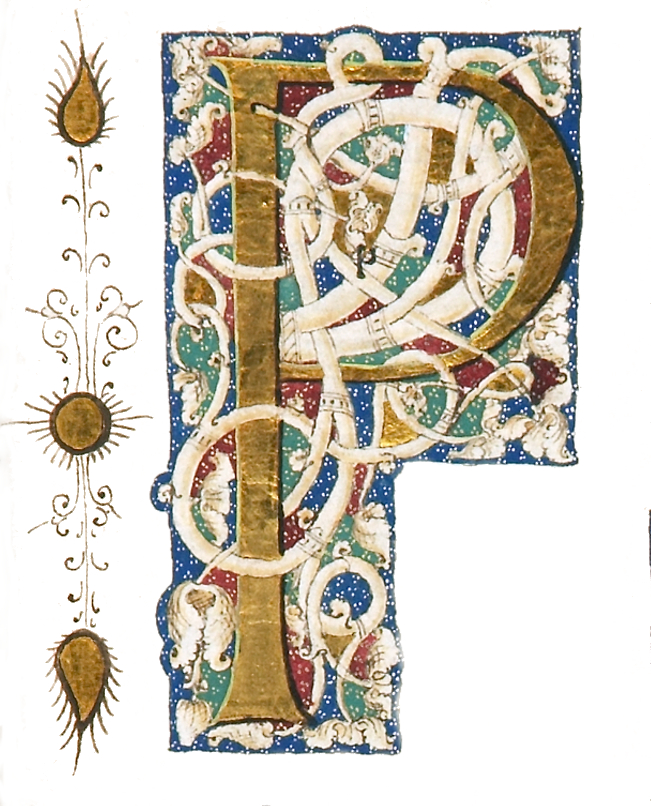1906 · Hammersmith
by (BINDINGS - DOVES BINDING, IMITATION). (DOVES PRESS). EMERSON, RALPH WALDO
Hammersmith: Doves Press, 1906. ONE OF 300 COPIES ON PAPER (and 25 on vellum). 234 x 165 mm. (9 1/4 x 6 1/2"). 311, [1] pp.Preface by Thomas Carlyle.
EXTREMELY ATTRACTIVE DARK BLUE CRUSHED MOROCCO, GILT, IN THE STYLE OF THE DOVES BINDERY (stamp-signed and dated 1907 on rear turn-in), covers with large strapwork arabesque accented with floral sprays and small tools, raised bands, spine compartments with mirrored floral design, gilt rule turn-ins with floral cornerpieces, all edges gilt and gauffered with two rows of dots. Housed in a fleece-lined blue buckram slipcase. Initials in red, two pages partly printed in red. Tidcombe DP8; Tomkinson, p. (truncated)
EXTREMELY ATTRACTIVE DARK BLUE CRUSHED MOROCCO, GILT, IN THE STYLE OF THE DOVES BINDERY (stamp-signed and dated 1907 on rear turn-in), covers with large strapwork arabesque accented with floral sprays and small tools, raised bands, spine compartments with mirrored floral design, gilt rule turn-ins with floral cornerpieces, all edges gilt and gauffered with two rows of dots. Housed in a fleece-lined blue buckram slipcase. Initials in red, two pages partly printed in red. Tidcombe DP8; Tomkinson, p. (truncated)








